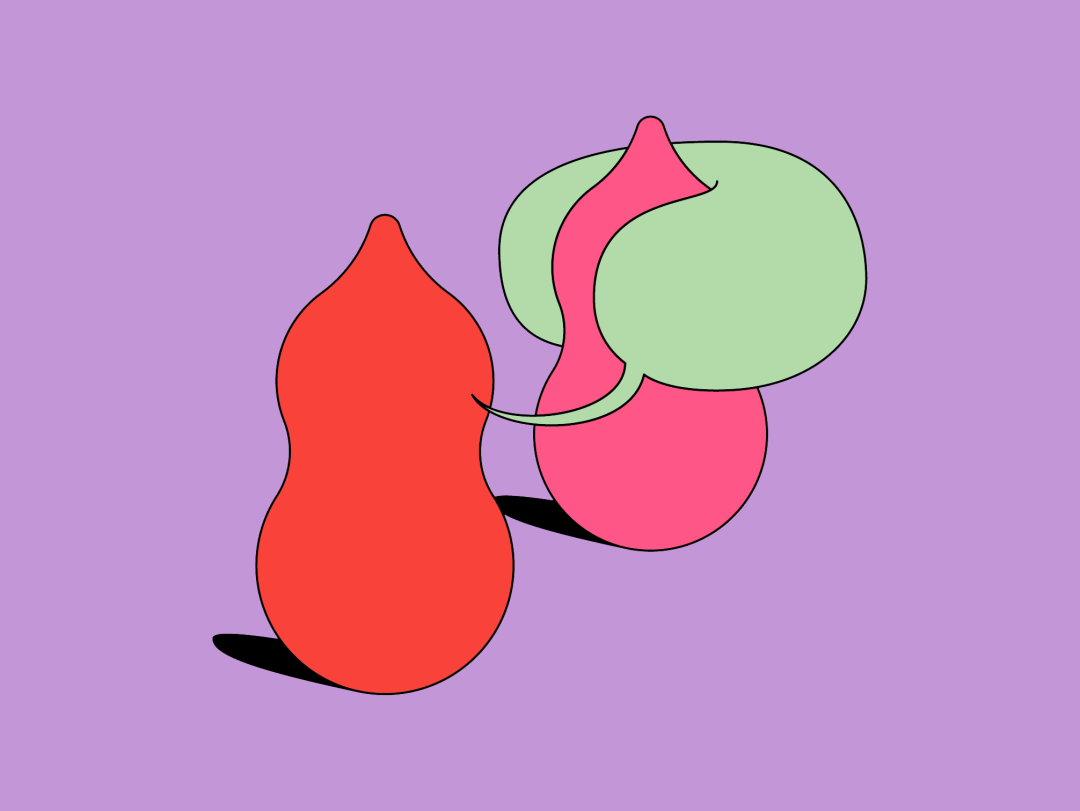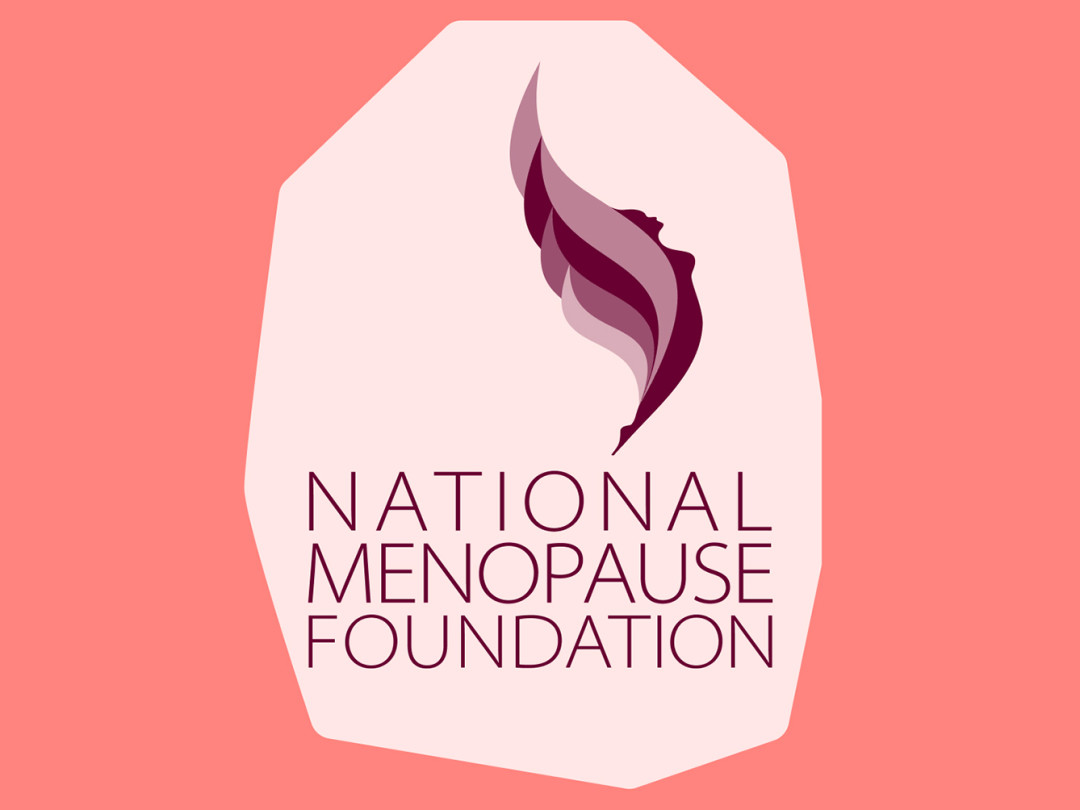#interview
This Woman is Changing The World Of Disability Design
voices
·5 min read

by Brianna Flaherty | 10/04/2018
When I first emailed Liz Jackson, I found myself skirting around using the word “disability,” wondering whether a phrase like “differently-abled” was the right (read: better) thing to say. Liz, aka the girl with the purple cane, is a heavyweight in the world of disability design. In addition to owning her identity as a disabled person (not to be confused with differently-abled), she has strong opinions about how disabled people are included—or, more accurately, excluded—from many different areas of work. When we started chatting, I quickly realized that my discomfort with the word disability was a symptom of the problem Liz is committed to solving.
A self-motivated human in the extreme, Liz founded a disability self-advocacy organization called The Disabled List, which challenges (and problem solves) all the ways that ideas about disability and inclusivity can get in the way of real solutions for disabled folks. Namely: Disabled people exerting their own expertise in designing products that allow them to live well. Needless to say, I was pretty excited to chat, and prepared to learn a lot. Spoiler: I did.
How has moving through the world as a disabled person influenced your life?
I now see the world through disabled glasses. Becoming disabled has created a sense of urgency within me; one that relentlessly urges me to dig deeper into the questions I’m asking. As my disabled perspective broadens, it strengthens the foundation of my critiques. My disability informs not only the way my body moves, but also how I process ideas, providing me with opportunities to be relentless and driven on my own terms.
What made you realize design doesn’t really account for or include disability?
I didn’t know I was disabled until I lost the ability to choose products that reflected my identity. Acquiring disability begged me to ask a seemingly simple question: why do I have so much choice with eyeglass frames but absolutely none with canes? At the time, I thought this was a simple problem needing a simple solution. But what the last six years have taught me is that I won’t be able to resolve my question by designing some canes. I have learned that design doesn’t account for disability because it overlooks our expertise and our innovations. Design has historically failed to credit us for our contributions. And design has somehow managed to falsely convince itself that not only are we merely recipients requiring saviors, but also that we seek design interventions to fix us. Neither of these are true, and they have become tools of control and oppression.
You’ve written that most companies create new products by designing for disability, instead of practicing disability design. What’s the difference? And what does inclusive design look like?
I actually have a fairly unpopular take on the term ‘Inclusive Design’. I find it to be a euphemism, allowing designers to talk around the word disability. My question for you is: Are you talking about inclusion, or are you avoiding the word disability? My experience of Inclusive Design is one where myself and my disabled peers are excluded from the design process. Inclusive design never credits us for our contributions. Inclusive Design facilitates a charitable process of designing for us.
The process is oftentimes more meaningful than a really good solution when we are designed with. When we are valued for our expertise and our contributions. When you design with us, you learn pretty quickly that we don’t want to be fixed, we want things fixed. We simply want to exist. With our dignity intact.
What are a few things people can do in their daily lives to be inclusive of disability?
When I look at many of the greatest thinkers, creatives, futurists of all time, a large swath of them were disabled. We have Beethoven, Frida Kahlo, Stephen Hawking, Helen Keller; we’re politicians (no, not that politician) and athletes and artists and scientists and writers and technologists and designers and and and. All you gotta do is talk to us. We don’t bite. Well, they don’t. I might.
You’re always focused on amazing projects like The Disabled List. What’s next?
I am focused on finding creative ways to facilitate the process of designing WITH, rather than FOR disability. I initially curated The Disabled List, which is simply a list of creative disabled people who are available to consult. That led to the creation of WITH, which is a fellowship that partners creative disabled people with top design studios and creative spaces. We just rolled out the first cohort in NYC, but will be expanding to other cities in 2019. My only desire is to build infrastructure that will allow for a much more mutual design process. This will happen through education; teaching disability studies alongside accessibility curriculum in design schools. And this will happen by cultivating creative disabled talent and building pipelines into design for disabled people.
----------------------
Follow Liz the human on Twitter and Instagram, and stay up to speed on all her innovative work in disability design through The Disabled List on Twitter and Instagram!
This article originally appeared in The Iconic.
by Brianna Flaherty
discover more topics
more from voices

Why We Need to Change the Way We Talk About Periods
by Keeley McNamara, CNM, and Jen Swetzoff
07/17/2023

